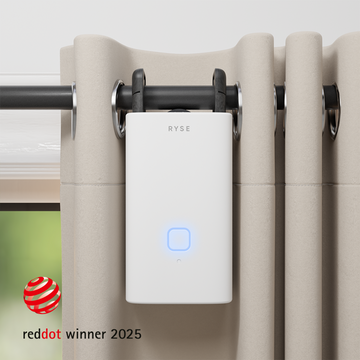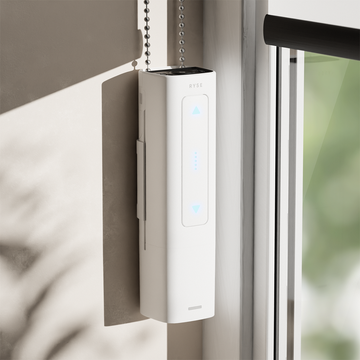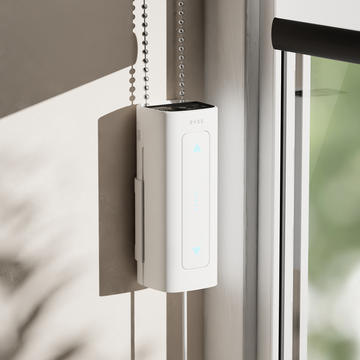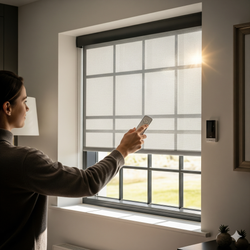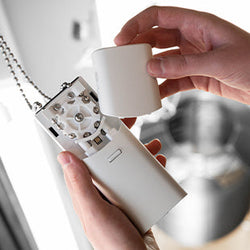In today’s fast-paced world, convenience, energy efficiency, and comfort are at the core of smart home living. One of the simplest yet most impactful upgrades you can make in your home is automating blinds. Whether it’s letting natural sunlight gently wake you in the morning, reducing energy costs by adjusting to outside temperatures, or simply controlling your blinds with a tap on your smartphone app, smart blinds bring practicality and luxury together.
With the help of sensors, smart hubs, and home automation apps, you can transform your traditional window coverings into intelligent systems that enhance your lifestyle while saving time and energy. In this article, we’ll dive deep into how to automate your blinds with sensors and apps, what the benefits are, and how you can make the switch without hassle.
Why Automate Your Blinds?
Before diving into the “how,” let’s address the “why.” Automating your blinds is more than just a modern upgrade, it’s a practical investment.
-
Energy Efficiency
Automated blinds can be set to close during the hottest parts of the day, reducing strain on your HVAC system. In colder months, they can open to let in natural heat, cutting down on heating bills. -
Convenience
With Wi-Fi-enabled motorized blinds, you no longer need to manually adjust window coverings multiple times a day. A simple voice command through Amazon Alexa, Google Home, or Apple HomeKit gets the job done. -
Comfort and Well-Being
Exposure to natural light improves mood, sleep, and productivity. Smart blinds can gradually open in the morning, simulating a sunrise to help you wake up refreshed. -
Privacy and Security
Automated blinds can be scheduled to close at sunset or when you’re away, making your home appear occupied while protecting your privacy.
How to Automate Your Blinds with Sensors and Apps
Automating your blinds involves pairing motorized blinds with smart sensors and connecting them to home automation platforms. Here’s a step-by-step guide.
Step 1: Choose Motorized Blinds or Retrofit Kits
If you don’t already own motorized blinds, you have two options:
-
Buy New Smart Blinds: Many manufacturers like Lutron Serena Shades, Somfy, and Hunter Douglas PowerView sell blinds with built-in motors that connect to smart ecosystems.
-
Retrofit Existing Blinds: Affordable retrofit kits such as RYSE SmartShade can convert your manual blinds into motorized ones. These kits are often battery-powered and compatible with common blind types like roller blinds, Venetian blinds, or vertical blinds.
Step 2: Select the Right Sensors
Sensors are the backbone of automation. They detect environmental changes and trigger your blinds accordingly.
-
Light Sensors: Automatically open or close blinds based on sunlight intensity. For example, they’ll close blinds at noon when sunlight is strongest to keep rooms cool.
-
Temperature Sensors: Adjust blinds depending on indoor or outdoor temperature to regulate energy use.
-
Motion Sensors: Detect movement and adjust blinds for privacy when people enter a room.
-
Smart Home Hub Sensors: Many systems like Samsung SmartThings or Home Assistant integrate blinds with multiple devices.
Step 3: Connect with a Smart Hub or App
To manage your blinds from anywhere, you’ll need an app or hub.
-
Dedicated Apps: Brands like RYSE App, Somfy TaHoma, and IKEA Home Smart (TRÅDFRI) allow scheduling, remote adjustments, and sensor pairing. Some of these apps require a dedicated hub to enable advanced features like scheduling, but all can offer full command of compatible automated blinds remotely.
-
Smart Ecosystems: If you already use Amazon Alexa, Google Assistant, or Apple Siri, integrating blinds into your ecosystem allows voice commands such as:
-
“Alexa, close the living room blinds.”
-
“Hey Google, open the bedroom blinds halfway.”
Step 4: Create Automations and Schedules
Once connected, you can set up routines and rules:
-
Morning Routine: Blinds open at 7:00 AM to simulate sunrise.
-
Work Routine: Blinds close halfway at noon to prevent glare on your laptop screen.
-
Evening Routine: Blinds close automatically at sunset for privacy.
Step 5: Use Geofencing for Smarter Control
Geofencing technology uses your smartphone’s GPS to detect when you’re home or away. Your blinds can close automatically when you leave and open when you return—no manual input required.
Benefits of Automating Blinds with Sensors and Apps
-
Lower Utility Bills
Smart blinds paired with thermostats like Nest or ecobee can reduce heating and cooling costs by up to 20%. -
Increased Home Value
Smart home upgrades such as motorized shades and connected lighting systems are highly desirable for modern buyers. -
Better Sleep Quality
Gradual light exposure improves circadian rhythm regulation, making waking up easier and more natural. -
Hands-Free Operation
Perfect for hard-to-reach windows or for individuals with mobility challenges.
Popular Smart Blind Solutions
-
RYSE SmartShade: A retrofit kit that motorizes existing blinds affordably.
-
Lutron Serena Shades: Premium motorized shades with Caséta Wireless integration.
-
IKEA Fyrtur: Budget-friendly motorized roller blinds controllable via IKEA Home Smart App.
-
Somfy: Industry leader compatibility.
-
Hunter Douglas PowerView: Stylish and customizable automated window coverings.
Tips for a Smooth Setup
-
Check Compatibility: Make sure your blinds or retrofit kit works with Z-Wave, Zigbee, or Matter if you use those standards.
-
Choose Power Wisely: Decide between battery-powered motors (easy installation) or hardwired motors (no recharging required).
-
Start Simple: Begin with basic schedules before adding multi-device automation.
-
Keep It User-Friendly: Don’t overload your system with too many rules—ease of use is key.
The Future of Smart Blinds
With the rise of AI-powered smart homes, expect blinds to integrate with solar energy systems, utility grids, and even predictive automation that learns your daily habits. Standards like Matter protocol will also make devices more interoperable across ecosystems.

